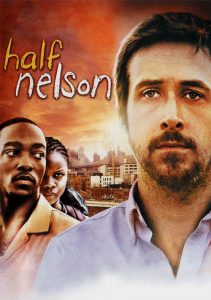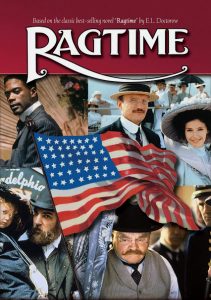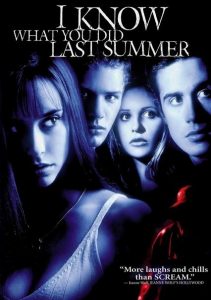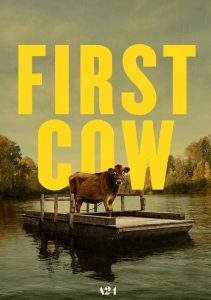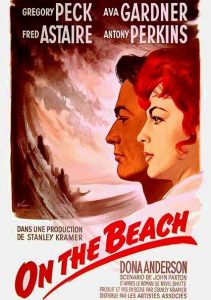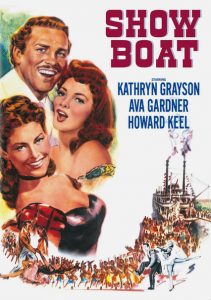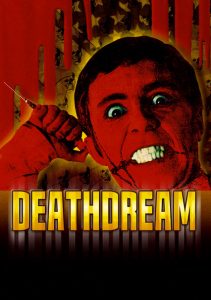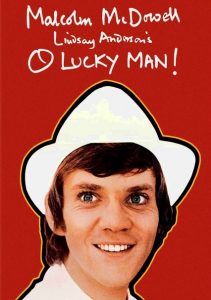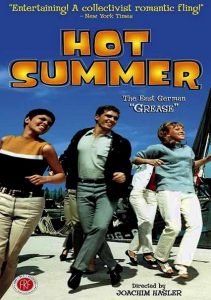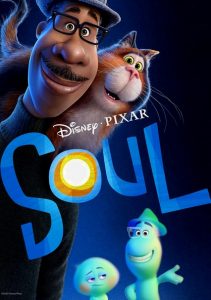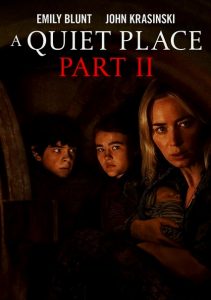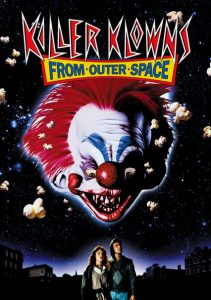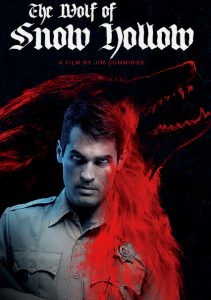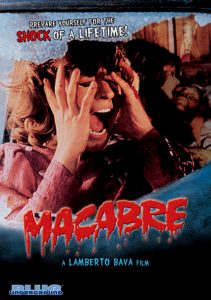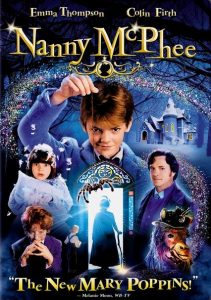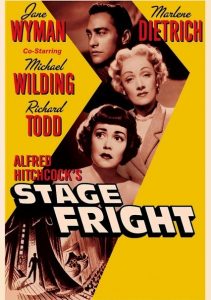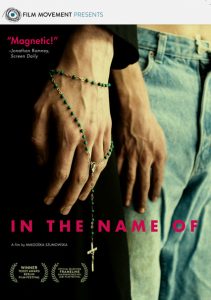Half Nelson-2006
Director Ryan Fleck
Starring Ryan Gosling, Shareeka Epps
Scott’s Review #1,184
Reviewed October 8, 2021
Grade: B+
Half Nelson (2006) is an independent drama that showcases Ryan Gosling’s acting talent and forays into meatier, more mature roles. He was only twenty-five years old when he made the film but was growing into a mature actor which is part of the fun of watching it.
The New York City locale presents a gritty and seedy essence appropriate for the subject matter. Speaking of, the seriousness and potential creep factor may turn some viewers off, but true cinema fans and admirers of good stories will appreciate the film.
The taboo dynamic of a thirteen-year-old student and her drug-addicted teacher is not for everyone and many will not even dare to go there. But, the payoff is worth the initial squirming.
Especially forewarned are those seeking a romantic or action film from Gosling as they will surely be disappointed. This is a more cerebral and artful effort.
The film garnered Gosling his first Academy Award nomination. A very deserved one.
Dan Dunne (Gosling) is a young history teacher at a Brooklyn, New York school. Though he is highly regarded and well-liked by his students and colleagues, he secretly spends his evenings hopping bars and getting high.
He lives a double life.
One night a shy female student named Drey (Shareeka Epps) catches him in a drug-induced haze after a basketball game and the two strike up an unlikely friendship. As Dan struggles with his addiction, he tries to act as a mentor to the girl, whose brother is serving time for dealing drugs.
It’s easy to dismiss a film like Half Nelson because of the uneasy premise. But below that resides a sweet and kind story about two human beings bonding over their lives in crisis.
Too much negativity exists these days among teachers so it is reassuring to see a film where the student and teacher bond amid the most unlikely circumstances.
Gosling and Epps are both spectacular. They give their all as an unlikely pair, he an idealistic, and she a girl trapped in ghetto life. The connection between the characters is palpable, especially given the role reversal that occurs.
They slowly become forever bonded and the reaction is fresh, layered with genuine emotion. And who’s the teacher and who’s the student?
As terrific as they are together, they each have their own story. I loved learning more about Dan’s wrecked love life but I still wanted to know why he escaped to drugs in the first place.
Drey has enormous challenges of her own and is pressured to go down the same rabbit hole as many in similar circumstances have done. She is savvy enough to know if she does it will lead to an unhappy life but will she go there anyway?
Even if a viewer never sets foot into an undesirable area, they will nonetheless be able to put themselves there for the duration of the film.
I love the ending of the film.
Anna Boden and Ryan Fleck, a filmmaking duo mostly known for independent features churn out terrific and subdued work.
Half Nelson feels authentic with grainy and shakey filmmaking that makes the viewer feel as if he or she is an observer in the lives of Dan and Drey and part of their world.
A serene but not simple film, Half Nelson (2006) teaches many valuable lessons. With perseverance and unlikely friendships, mixed with two separate character studies, the film has a lot going on but never overcomplicates itself.
I longed for more about Dan’s descent into drug use but the rest of the experience is fantastic.
Oscar Nominations: Best Actor-Ryan Gosling
Independent Spirit Award Nominations: 2 wins-Best Feature, Best Director-Ryan Fleck, Best Male Lead-Ryan Gosling (won), Best Female Lead-Shareeka Epps (won), Best First Screenplay
